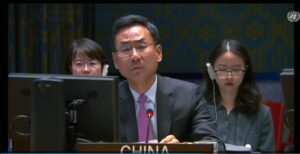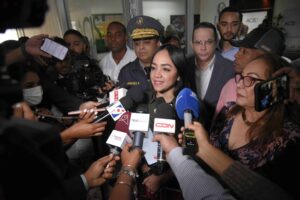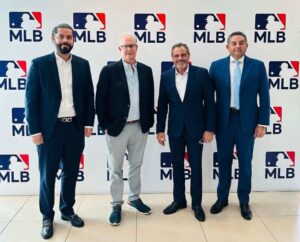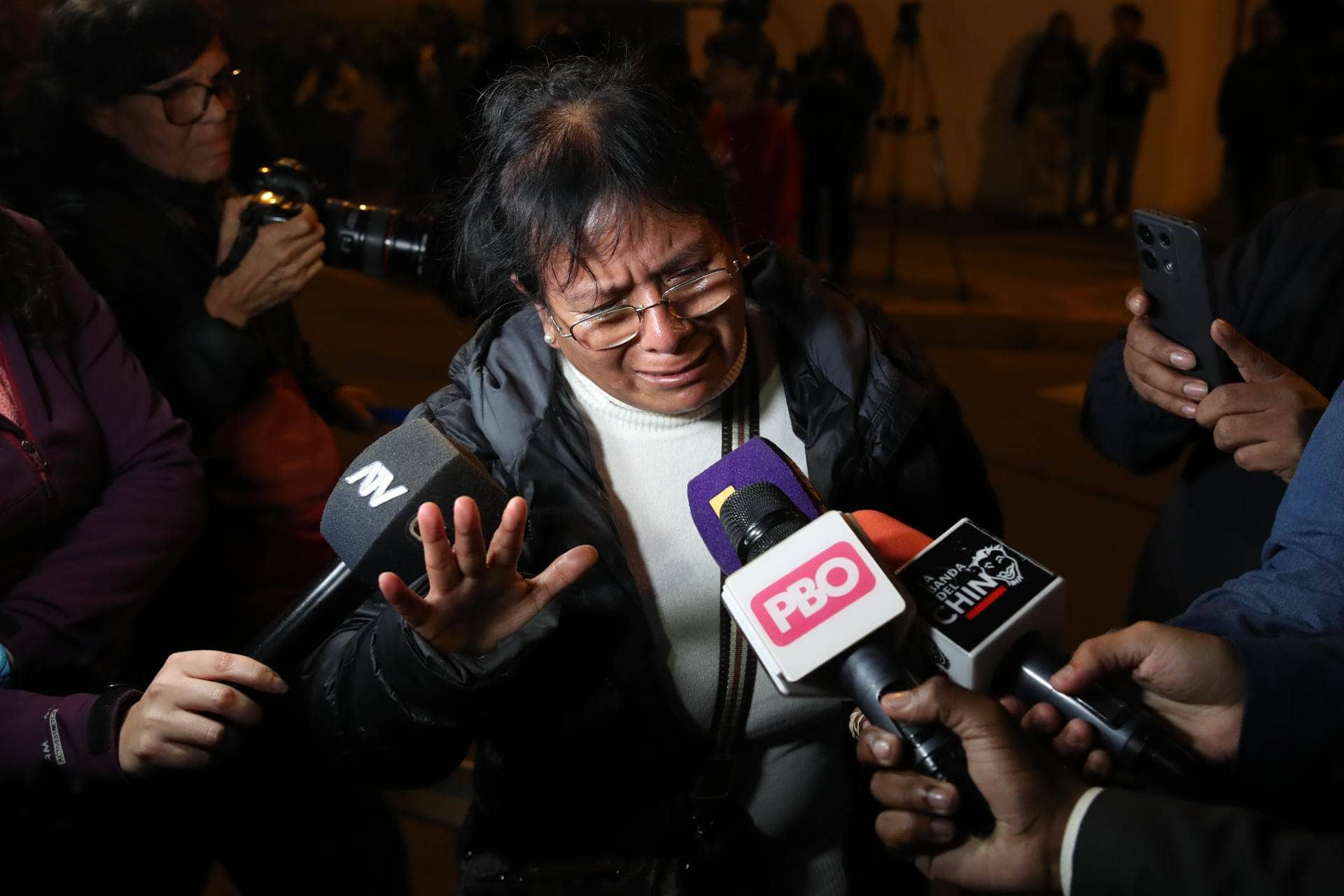
He former president Peruvian Alberto Fujimori He burst into politics in 1990 and has since divided the society of Peru. That divisionwhich survives to this day, separates those who praise its figurewho believe that he saved his country from terrorism and economic collapse, and those who point out that he was an autocrat who committed serious crimes violations to the human rights.
Fujimori, 86, died this Wednesday at the Lima home of his daughter Keiko. He did so in freedom after a controversy decision that allowed him to leave the prison last December.
Nicknamed “Chino” for his oriental features, despite being of Japanese descent, he was born in 1938 and exercised an iron-fisted government in Peru between 1990 and 2000.
On the first occasion, he defeated the writer Mario Vargas Llosa as an anti-establishment candidate and was re-elected two more times amid allegations of fraud.
Fujimori gave a speech on April 5, 1992 bang of State with the support of the Armed Forces that led him to assume all the powers of the Stateafter closing Congress and intervening in the Judiciary and the Constitutional Guarantees Court.
Following pressure from countries and international organizations such as the Organization of American States (OAS), the president called a Constituent Congress that promulgated a new Political Constitution in 1993, which is still in force.
In 1994, he divorced Susana Higuchi after a conflict family affair that included his wife’s complaint to Congress that she had been tortured by the security services, and leading his eldest daughter, Keiko, to become the country’s first lady when she was just 19.
Higuchi passed away in December 2021 at the age of 71, from lung cancer that he had been suffering from for the past few years.

The supporters Fujimori is admired for having defeated the groups during his administration terrorists Shining Path and MRTA, and for having stopped the “hyperinflation” that he inherited from the first government of Alán García (1985-1990).
However, serious crimes were also committed during his tenure. violations to the human rights and the largest corruption network in history was created Peruvianled by his “shadow” advisor Vladimiro Montesinos, who is also in prison.
In September 2000, when a video was released showing Montesinos giving money to an opposition congressman, he was forced to announce that he was going to call new elections, which he said he would not run in.
Two months later, he escaped the country and resigned from the Presidency by fax sent from Japan, where he remained until 2005, when he traveled to Chile, which extradited him to Peru in 2007.
The former ruler fulfilled his conviction since 2009 in a prison Lima police station adapted exclusively for him and which, according to his opponents, was a “golden prison” that did not compare to the conditions of the rest of the country’s prison population and where he continually received his family and supporters.
In that prison He gradually gained fellow inmates. For months he shared it with Alejandro Toledo, his main opponent at the end of his term, and Pedro Castillo, whose coup message reminded many of that uttered by Fujimori in 1992.
Over the past few years, “el Chino” was operated six times he suffered from a precancerous condition of the tongue, known as leukoplakia, and also faced stomach, vascular, blood pressure and lung problems.
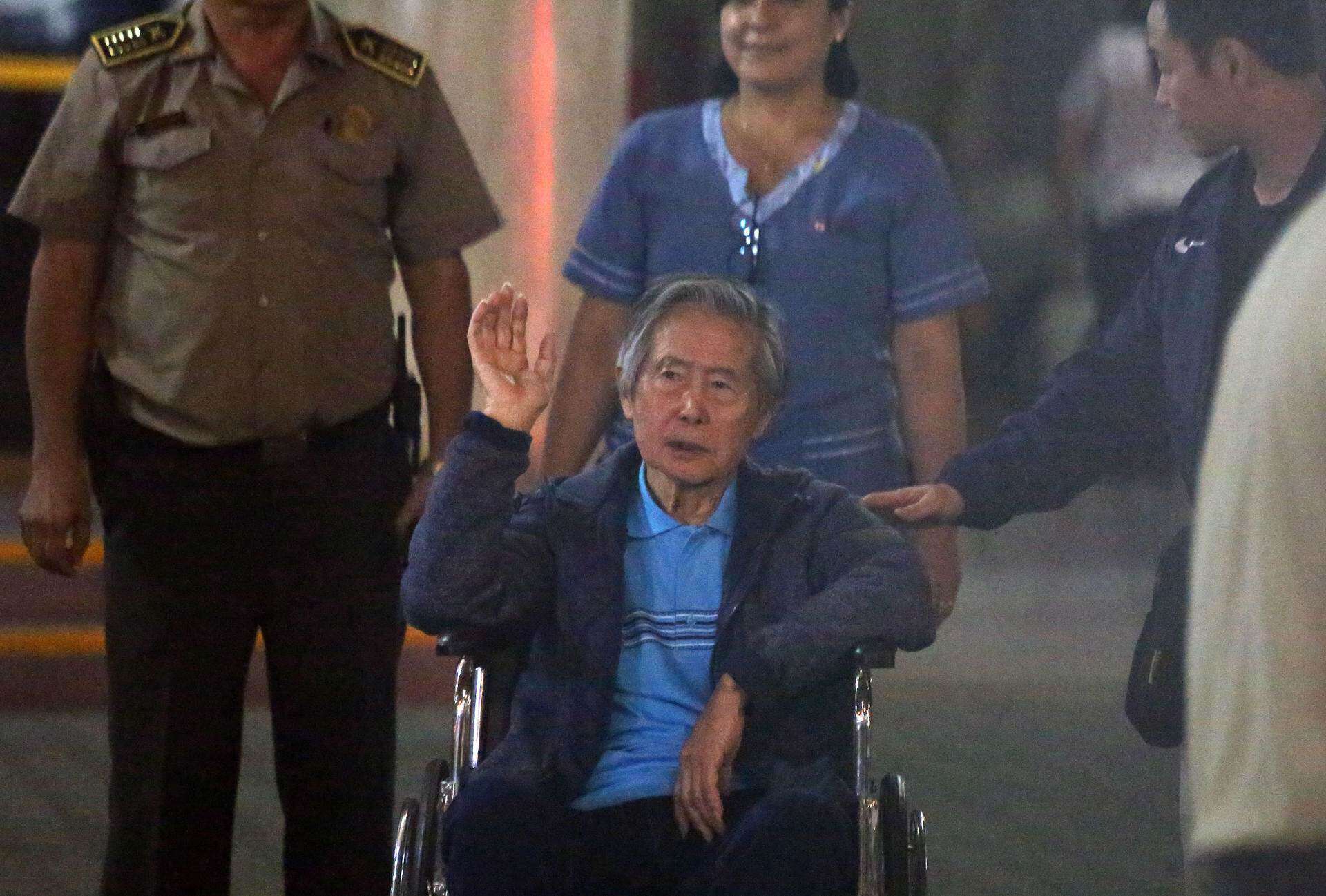
In 2017, then-President Pedro Pablo Kuczynski pardoned him on the grounds that a medical board had determined that he suffered from a “disease progressive, degenerative and incurable” and that the prison conditions posed a serious risk to his life.
Later investigations indicated that the pardon was granted as a result of an apparent agreement politician with the former president’s youngest son, then legislator Kenji Fujimori, to prevent the impeachment of Kuczynski on corruption charges, who finally resigned from office in March 2018.
The presidential pardon was later revoked by a judge and Fujimori was sent back to jail after Kuczynski left office and Kenji was stripped of his immunity by Congress amid a bitter political standoff with his sister Keiko.
In October 2021, he underwent a catheterization in it heart in an exclusive clinic in Lima, to relieve a blockage in an artery, and in November he was hospitalized again due to complications from pulmonary fibrosis.
To these diseases he added a new one tumor malignant which was detected last May.
On the legal level, the Justice Peruvian confirmed in January 2020 that Fujimori should be tried for the “Pativilca case”, in which the Colina group is attributed with the murder of six community leaders from that town in the north of the Lima region.
The controversy around its figure has reached two of its four childrenconsidered their heirs politicians: three-time presidential candidate Keiko, who is on trial for alleged money laundering, and former legislator Kenji, sentenced to 54 months in prison. prison for influence peddling.
Last December the controversy surrounded his figure last.
The Constitutional Court ordered its releasein defiance of orders from the Inter-American Court of Human Rights (IACHR), a final example of the influence over power that he had until his last minute and also of the ability to divide a society.

